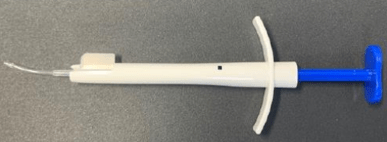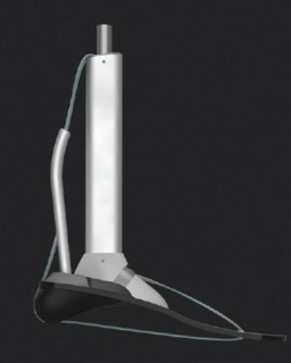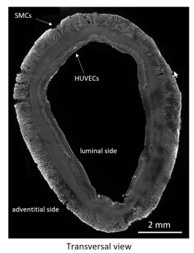Summary
Karim Ghoufiri
Business Developer
TECHNOLOGY
- Non-toxic cryopreservation method (previously described directional freezing platfrom) for cells freely suspended in an isotonic aqueous solution, employing a novel directed freezing approach that eliminates the need for conventional cryoprotectants.
MARKET
- Suggested applications : medical biobanks, cell therapy, cell line developers, Assisted Reproductive Technology (ART), academic research
- Competitive advantages : non-toxic, simplifying the cryopreservation value chain, less costly than traditional methods, no need for the cryoprotectant washing step
DEVELOPMENT STATUS
- Proof of concept on red blood cells: demonstration of esterase activity (viability); after storage for more than 100 days at -80 °C:
- 95% at sub-physiological concentrations
- 80% at physiological concentrations
- Proof of concept on nucleated cells (mouse and human fibroblasts)
- Ongoing maturation program: (i) development of a prototype capable of controlling freezing in commercial bags, (ii) scale-up of the directional freezing device, (iii) functional tests on cells of interest after freezing/thawing, and (iv) long-term storage and transport.
IP
- Patent application filed on March 22, 2022
- Publication number : WO2023180635
- National/regional phase : Australia, Canada, United-States, Israel, Japan, Europe.
VALORISATION STRATEGY
- Licensing










